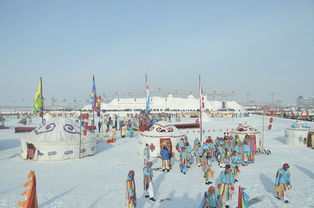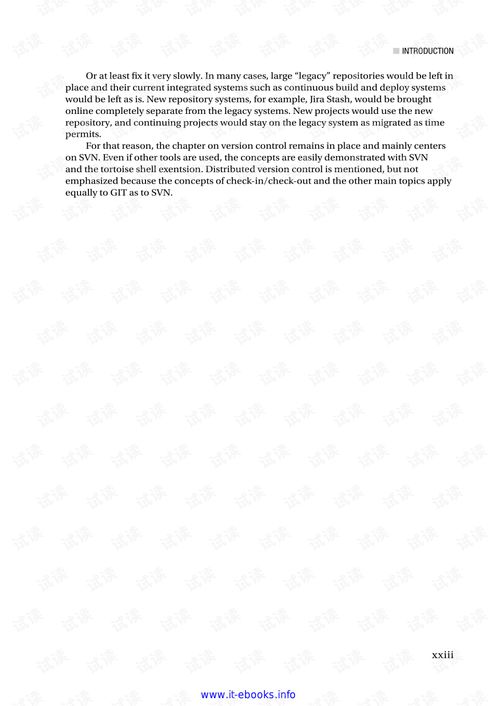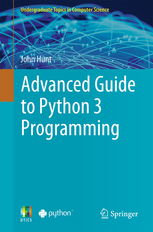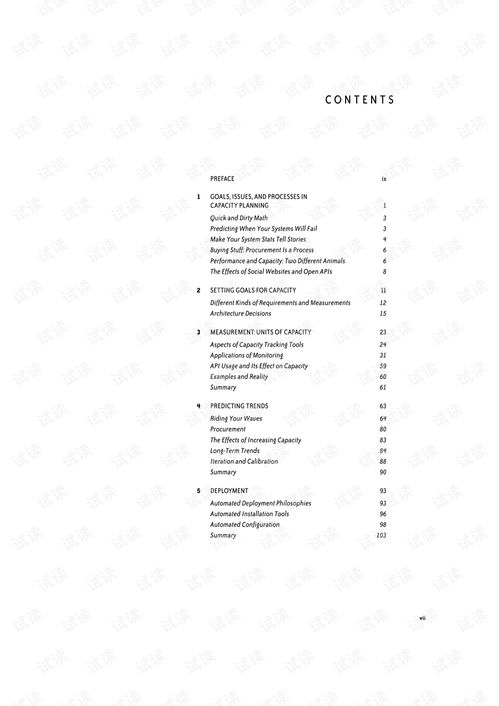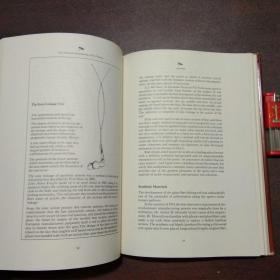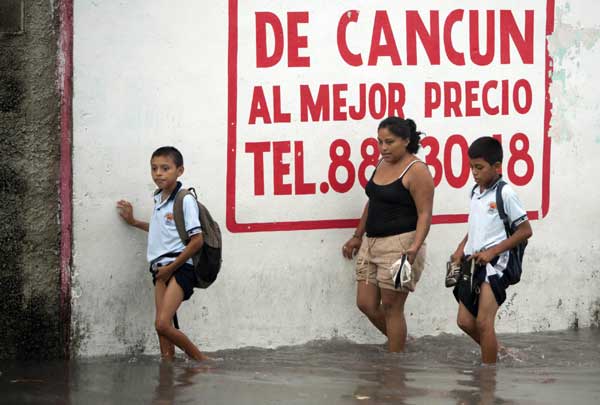
Content:
After a heavy rain, the fishing scene often transforms into a haven for anglers looking to catch some of the most active fish of the year. The water temperature cools down, the oxygen levels rise, and the fish become more aggressive. Here's a comprehensive guide on how to leverage the post-heavy rain conditions to your advantage and improve your fishing techniques and methods.
Choose the Right Spot
Post-rain fishing requires careful consideration of where to cast your line. Here are some key spots to consider:
- Rivers and Streams: After a heavy downpour, rivers and streams can be a goldmine. Look for slower-moving water, like eddies and backwaters, where fish tend to congregate.
- Shallow Water: Fish often move into shallow waters to feed more actively. Look for areas with a mix of weeds, rocks, and logs where fish can ambush prey.
- Banks and Channels: The banks and channels where the water flows are likely to have fish seeking shelter and food. Focus on these areas for increased chances of success.
Select the Right Bait
The type of bait you choose can significantly impact your success. Here are some post-rain bait options:
- Live Bait: Live bait like worms, minnows, or leeches can be highly effective in post-rain conditions. Fish are more active and will readily strike at moving baits.
- Artificial Lures: Soft plastics, spinnerbaits, and crankbaits can mimic the movement of prey and are great for triggering strikes. Choose colors that reflect the natural food sources in the water.
- Natural Food Sources: Depending on the local fish species, natural food sources like insects, crustaceans, or small fish can be highly effective.
Adjust Your Tackle
The right tackle can make a big difference in your fishing experience. Here are some tips:
- Lighter Line: Post-rain, fish are more sensitive to line vibrations. Use a lighter line to reduce the risk of spooking them.
- Stronger Leader: If you're using live bait, a strong leader is essential to handle the increased pressure from the fish.
- Sensitive Rods: Choose a rod that offers good sensitivity to detect subtle bites.
Timing is Key
Understanding the timing of the fish activity post-rain is crucial:
- Early Morning: Fish are often most active in the early morning after a heavy rain. The cooler temperatures and increased oxygen levels make them more aggressive.
- Midday: Fish may become less active during the midday heat, but they can still be caught. Look for shade or cooler areas in the water.
- Evening: As the day cools down, fish may become more active again. Evening sessions can be productive.
Patience and Observation
Fishing after a heavy rain requires patience and observation:
- Be Patient: Don't rush to cast your line. Take your time to observe the water and identify potential fish-holding spots.
- Adjust Your Approach: If you're not getting bites, try changing your bait, technique, or location. Sometimes, it's the smallest adjustments that make the biggest difference.
Weather and Water Conditions
Keep an eye on the weather and water conditions:
- Check the Forecast: Monitor the weather forecast for any signs of additional rain or wind, as these can affect fish activity.
- Water Temperature: Fish are more active in cooler water. Use a thermometer to gauge the water temperature and adjust your approach accordingly.
Conclusion
Fishing after a heavy rain can be incredibly rewarding if you approach it with the right techniques and methods. By choosing the right spot, bait, tackle, and timing, you can maximize your chances of success. Remember to be patient, observant, and adaptable, and you'll be well on your way to catching some of the best fish of the year. Happy fishing!


